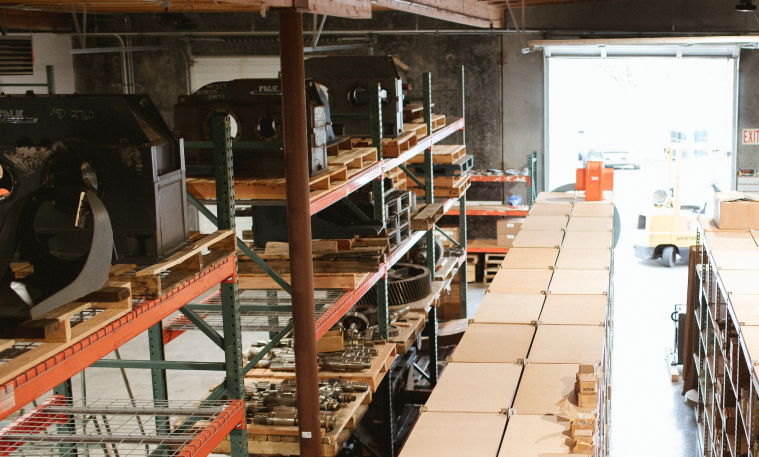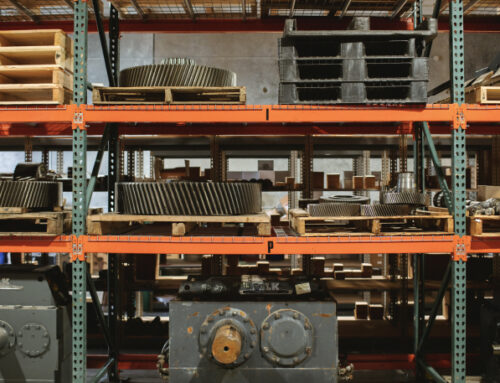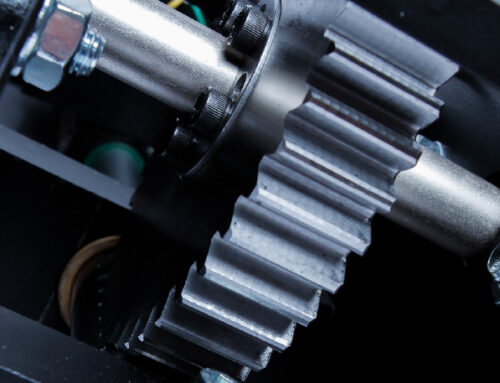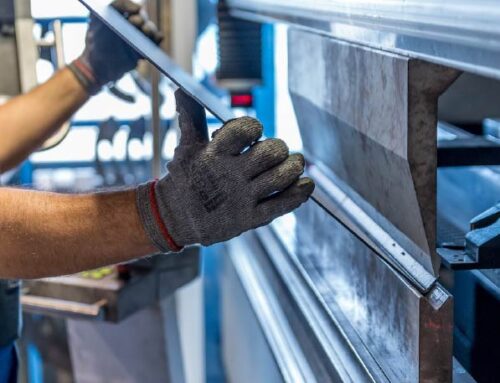Industrial gearboxes form the backbone of operations vital to the continuing profitable output of many industries. Regular inspections of industrial gearboxes are necessary in order to check the status of the gear reducers, the gearbox lubrication and filtration system, and to check for any gearbox contamination. When used in combination with other methods of reducing downtime and preventative maintenance, you can ensure your operation performs with maximum efficiency.
3 Tips for Gearbox Inspection & Maintenance
While a shut down for inspection may appear to be a cost prohibitive step to take, catching a problem early in its development can mean saving time and money in the long run. In this article, we’ll go over the basic steps to inspecting an industrial gearbox.
Step 1: Housekeeping
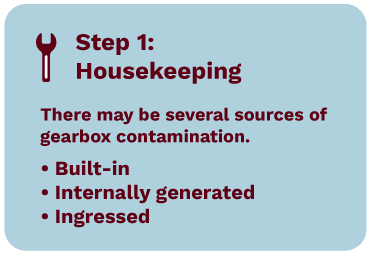
Then, gather the right equipment for the inspection. You’ll want to have the right tools on hand as there may be several sources of gearbox contamination, including:
- Built-in
- Internally generated
- Ingressed (such as dust or particles)
Most industrial gearboxes operate in dirty environments, and even those operating in sterile environments should be rigorously checked for contamination. During the inspection follow these tips to maintain a clean work environment:
- Clean the area around the inspection ports and other openings
- Take care not to drop anything into the gearbox
- Secure all loose clothing and tools
- Close and secure any inspection ports after the inspection is complete.
Step 2: Visual Inspection
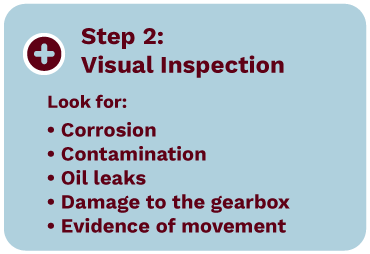
- Corrosion
- Contamination
- Oil leaks
- Damage to the gearbox
- Evidence of movement, such as cracked paint or fretting corrosion at structural interfaces
Step 3: Begin the Inspection
Finally, begin the inspection. Look for signs of overheating, check the breather, the shaft seals, the structural interfaces, the inspection ports, and finally check the gears themselves.
Check for Overheating
Overheating is a common source of damage to industrial gearboxes and can manifest in a number of different ways. Here are some of the most common ways to detect overheating in an industrial gearbox:
- Begin with a visual inspection for external signs of overheating such as:
- Smoke from the shafts, the seals, or from breathers
- Melted plastic components
- Discolored or burnt paint on the gearbox housing
- Water evaporates quickly when sprayed onto the housing
- Measure and record the oil sump temperature
- Check the gearbox housing temperature by using an infrared thermometer
- Test the gearbox oil for signs of oxidation or thermal degradation
- Inspect the gearbox for signs of misalignment, inadequate backlash or bearing endplay
- Measure the gearbox sound and vibration against the guidelines set by the manufacturer
Inspect the Breather
The industrial gearbox’s breather should be located in a clean and non pressurized area away from contaminants. Be sure that it has a filter and a desiccant to prevent dust and water from seeping in. Make sure that it is shielded from contamination during wash downs.
Inspect the Shaft Seals
Look for oil leaks in the seals around the shaft. If you can see leaking oil, it means the seals are letting in contaminants. Be sure to utilize the gearbox lubrication recommended by the manufacturer. Having the proper fluid sealing solution is an important step for maintaining the safety and quality of any industrial gearbox.
Check the Structural Interfaces
Cracked paint, fretting, corrosion, or other wear and tear should be noted during the inspection and a plan made to correct the damage. Damage to the structural interfaces can indicate unwanted movement in the gearbox, and can be further confirmed by a vibration test.
Check the Inspection Ports & the Gears
Next, move to check the inspection ports. Be sure to evaluate the condition of the port itself. Look for oil leaks or loose bolts. Only personnel with the right qualifications and training should open the inspection ports. If you do not possess in-house experts, an expert can be brought in to help.
Keep the inspection port and its surrounding area clean and free of debris. The inspection port can then be removed, with care taken not to contaminate the gearbox. Keep all the bolts stored in a separate container to prevent them from falling into the gearbox.
Next, assess the condition of the gears in the gearbox. Depending on the condition of the gearbox, continued operation may be permitted. Continually monitor the gearbox for any changes, documenting any changes through photography or sketches.
Industrial Gearbox Sales & Maintenance Specialists
Modern gearboxes are highly engineered and efficient machines, but regular inspections are still essential to ensure their smooth and continuous operation. Have on hand a healthy supply of spare gearbox parts for use in emergency situations.
If having an outside maintenance team sounds like the right solution to your operation, NW Industrial Sales, LLC has over 70 years of combined experience servicing industrial gearboxes, and offers a full range of Falk products, fluid sealing solutions, and an expansive inventory of spare gearbox parts. We also are agents of Rexnord Industrial Services, giving you access to their nationwide maintenance network.
Contact us today to find out more or to speak to one of our specialists. We are available 24/7 to help you.
